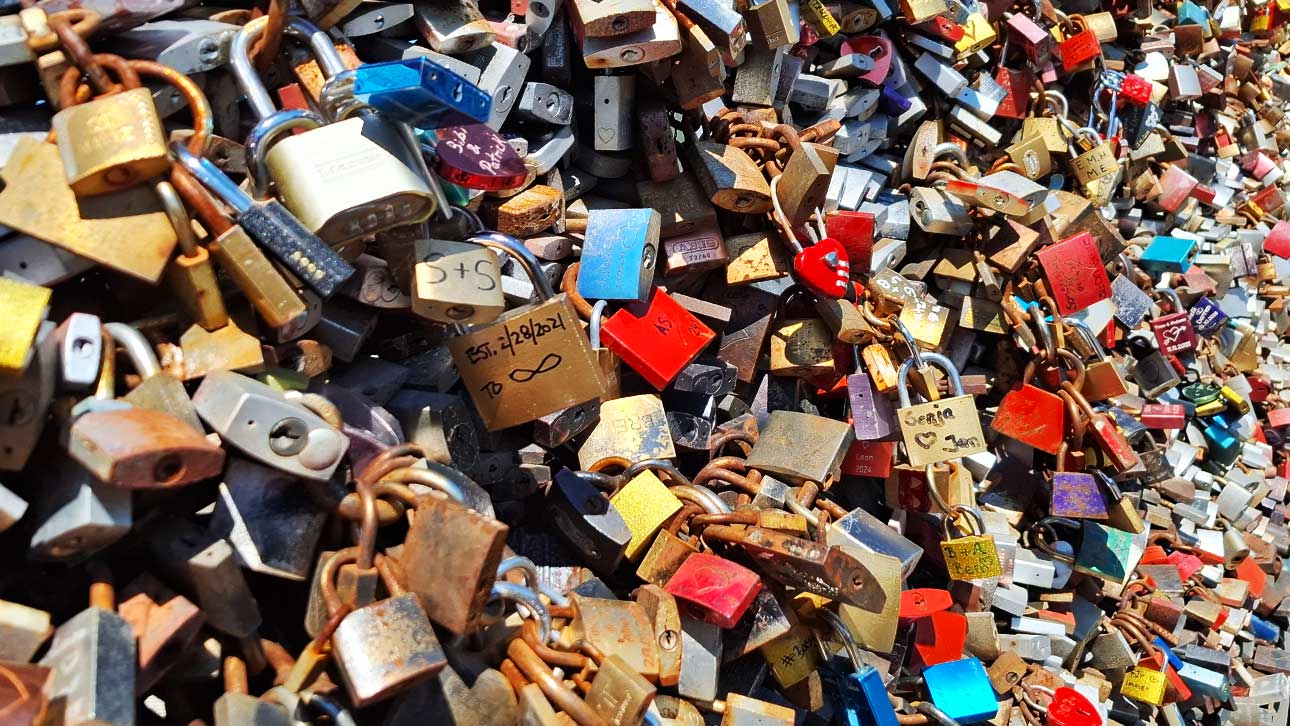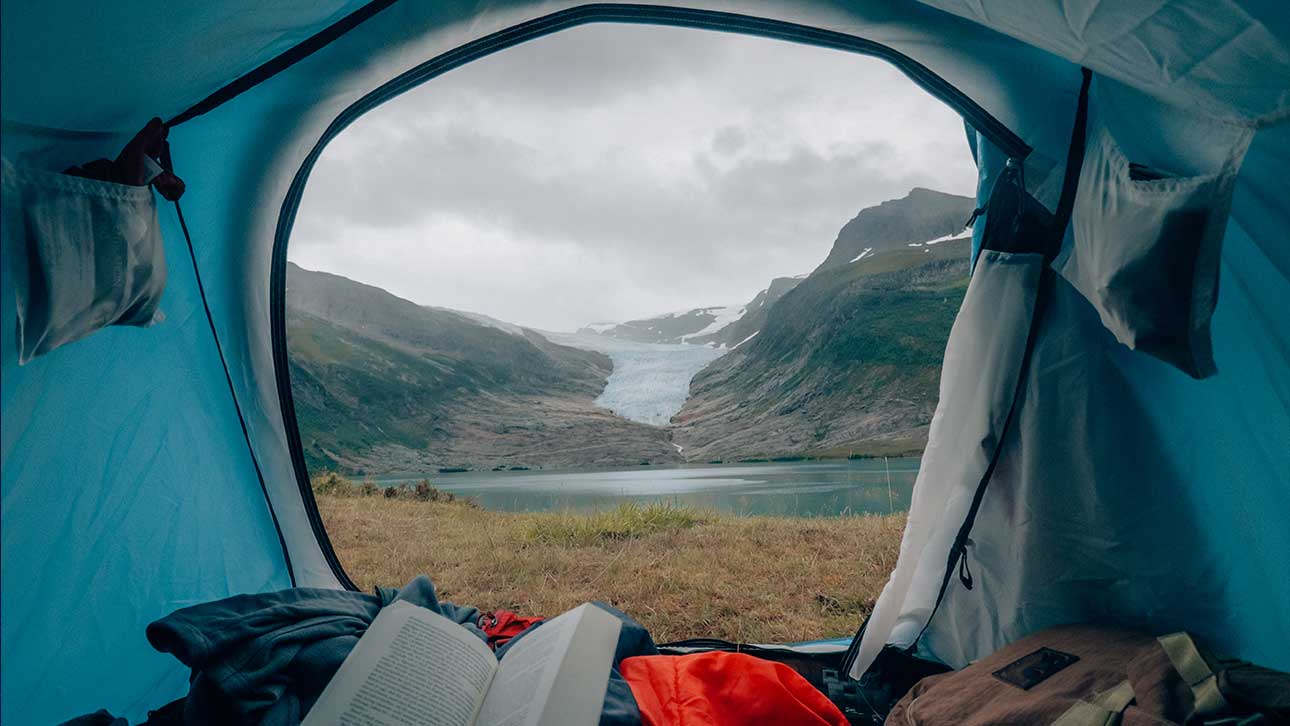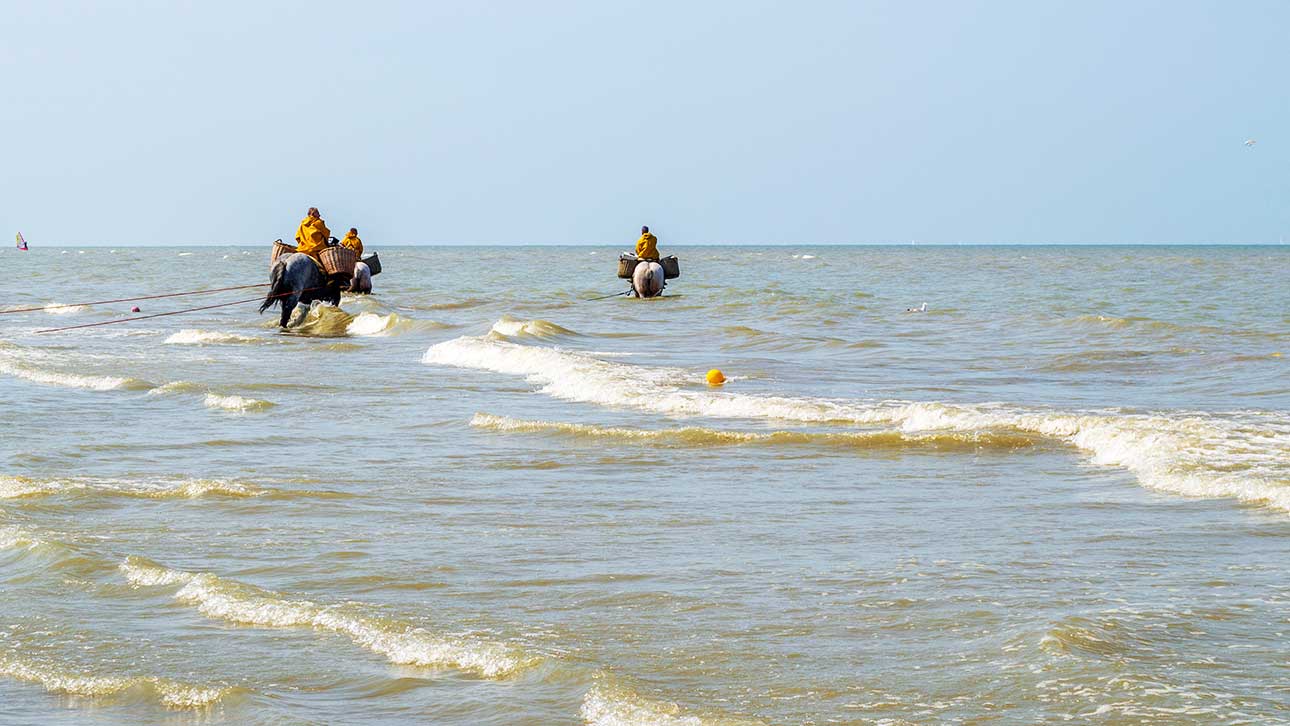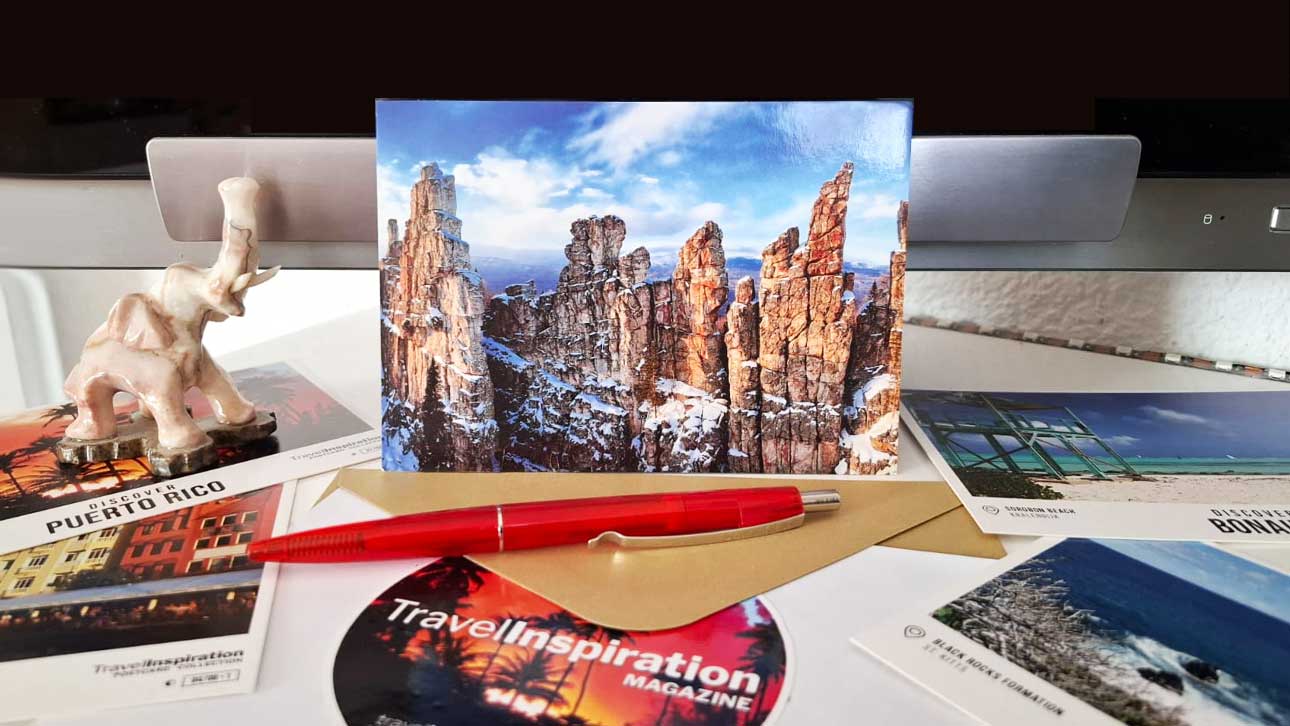
Mud baths have been used for centuries as a natural therapy to promote health and wellness. From ancient civilizations to modern-day wellness resorts, mud therapy has gained popularity for its numerous benefits. If you’re wondering why mud baths are good for your health, this FAQ guide will provide the answers.
1. What Are the Health Benefits of a Mud Bath?
Mud baths are known for their therapeutic effects, including:
- Detoxification – The minerals in mud help draw out toxins from the body.
- Skin Rejuvenation – Rich in natural minerals like sulfur, silica, and magnesium, mud can improve skin texture, reduce acne, and promote a youthful glow.
- Pain Relief – Mud therapy can alleviate joint pain, arthritis, and muscle soreness by reducing inflammation.
- Stress Reduction – The warmth of the mud helps relax muscles and promote mental well-being.
- Improved Circulation – The natural heat of the mud stimulates blood flow and oxygen supply to tissues.
2. How Do Mud Baths Detoxify the Body?
Mud baths contain minerals that help extract impurities from the skin and body through a process called ion exchange. As the mud dries on your skin, it absorbs toxins, heavy metals, and excess oils, leaving you feeling refreshed and purified.
3. Can Mud Baths Improve Skin Conditions?
Yes! Mud baths are particularly beneficial for those with skin conditions such as eczema, psoriasis, and acne. The minerals found in therapeutic mud can soothe irritation, reduce inflammation, and enhance skin hydration.
4. Are Mud Baths Safe for Everyone?
Mud baths are generally safe for most people. However, individuals with open wounds, severe skin infections, or certain medical conditions (like high blood pressure or heart disease) should consult a doctor before trying a mud bath. Pregnant women should also seek medical advice before participating.
5. Where Can You Experience a Natural Mud Bath?
Some of the best destinations for natural mud baths include:
- Dead Sea (Jordan) – Rich in minerals, perfect for skin care.
- Calistoga, California (USA) – Famous for its volcanic ash mud baths.
- Rotorua (New Zealand) – Geothermal mud pools known for their healing properties.
- Boryeong (South Korea) – Home to the famous Boryeong Mud Festival.
6. What Should You Do Before and After a Mud Bath?
Before:
- Drink plenty of water to stay hydrated.
- Remove any jewelry to prevent tarnishing.
- Wear an old swimsuit if the bath is not clothing-optional.
After:
- Rinse off thoroughly with warm water.
- Moisturize your skin to maintain hydration.
- Rest and allow your body to absorb the benefits.
7. How Often Should You Take a Mud Bath?
For optimal results, taking a mud bath once a month is recommended. However, if you are treating specific skin conditions or muscle pain, you may benefit from more frequent sessions as advised by a professional.
8. Can Mud Baths Help with Weight Loss?
While mud baths do not directly cause weight loss, they can improve circulation, reduce water retention, and promote relaxation—factors that contribute to overall well-being and a healthier metabolism.
9. Do Mud Baths Smell Bad?
Some mud baths have a sulfuric smell due to their high mineral content. While the scent may be strong, it is completely natural and part of the therapeutic process.
10. What Is the Science Behind Mud Therapy?
Mud therapy is backed by research demonstrating its anti-inflammatory, antimicrobial, and pain-relieving properties. Studies suggest that minerals in therapeutic mud improve skin health, enhance circulation, and support detoxification.
Conclusion
Mud baths offer a unique and rejuvenating experience with numerous health benefits. Whether you're looking to improve your skin, relieve pain, or simply unwind, indulging in a mud bath can be a great addition to your wellness routine. Next time you travel, consider visiting a natural mud bath destination to enjoy its healing properties!
Did you enjoy this article?
If you love discovering inspiring stories and unique places, download our free app "Travel Inspiration Magazine" from Google Play! No annoying ads. No distractions. Just pure reading pleasure.
📲 Install from Google Play![Български [BG] Български [BG]](/media/mod_languages/images/bg_bg.gif)
![English [EN] English [EN]](/media/mod_languages/images/en_gb.gif)






















